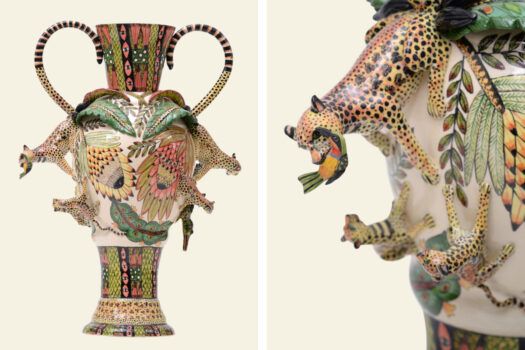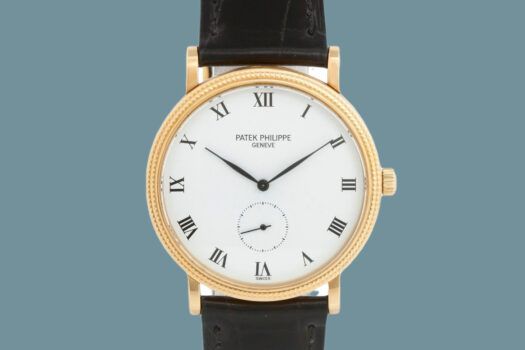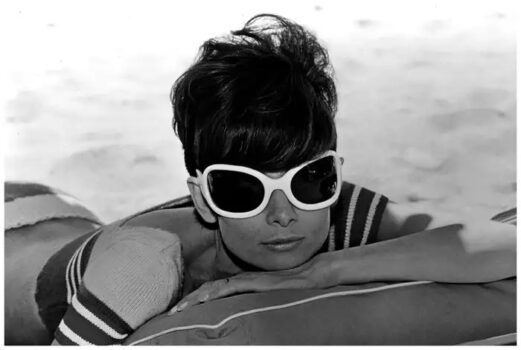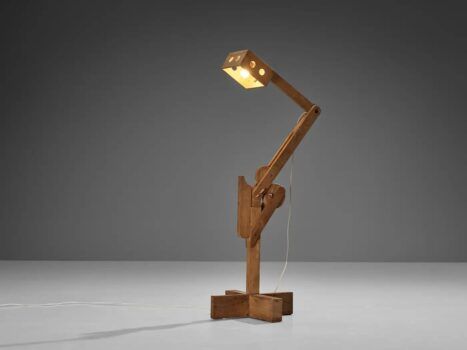
Every Woodpop surfboard is designed to ride the waves. But none has had the chance yet, it seems. “Collectors prefer to hang them up,” says the firm’s founder, Emma Wood. “As far as I know, no one has tried to use one.”
It’s no surprise, really. Operating out of her studio, in the Black Mountains of Wales, Wood inlays her surfboards with elaborate marquetry. The board’s deck is her canvas, and each of her ocean-minded designs a gleaming work of art. It’s hard to imagine smearing one of her creations with surf wax, let alone plunging it into the sea and potentially scuffing her inlay.
Woodpop is the first company to achieve the formidable feat of creating a full-scale marquetry artwork on a functioning surfboard. It’s a labor-intensive task that requires a strong eye for design and a deft hand, as well as some understanding of physics. It took her two years of experimentation to nail down the process, she says.

The boards that Wood uses are complex hydrodynamic objects, transformed from solid blocks of wood (often balsa) by an expert shaper. For one standout, the six-foot-four-inch Kokomo, offered on 1stDibs, Wood worked with Philippe Hetier, who is based in Ireland, before bringing the board back to the U.K., where she put on the finishing touches with her go-to shaper, Devon-based boatbuilder Alen von Rooyen.
Wood grew up in London and learned how to surf in Ireland. She surfs in Wales and England but also spends as much time as she can on the southern Pacific coast of Mexico, whose influence is clear in her designs, which mix the antique sensibility of marquetry — an ancient craft — with a sunny equatorial vibe. Kokomo feels especially oceanic. She used veneers dyed blue and yellow to create a graphic pattern of celestial-looking orbs that channel the sun and moon and all the tidal forces between them. She even fit designs on the fins.

Wood’s patterns are far more than decoration; they express her lifelong fascination with geometry and math, which seems to have found an ideal medium in the surfboard. “The universal mathematical language underpins our entire universe,” she says. “I find it mind-boggling that you see the same formulas and geometric patterns everywhere around us in art, architecture, anatomy, biology, astronomy.”
Wood trained as a musician and worked in the music industry before turning full-time to her other passion, art making. She started by enhancing Danish furniture and pieces from British manufacturer G Plan with laser-cut Formica inlay in bright colors. “I was reinventing sideboards and whatnot, but I wanted to be in control of the whole process, and I didn’t like working with plastics,” she says. “A friend who’s a cabinetmaker suggested I try marquetry. So I did, and I absolutely loved it.”
Initially, she designed furniture and custom wall panels — including a 10-panel graphic interpretation of a celebrated 15th-century Renaissance painting titled The Ideal City — for an apartment in London. “Then, around 10 years ago, I was surfing in Ireland, and I saw someone with a wooden board. I was like, ‘Oh my gosh, I wonder if I could put marquetry on a surfboard.’ ”

For Wood, her work is a labor of love, for the craft but also the ocean. Unlike typical surfboards, which are made of Styrofoam and plastic resin, hers are made of wood sourced from sustainably managed forests, and she uses only bio resins. There are no plastic fittings at all — just metal vents to allow the air inside the lightweight boards to adjust to temperature changes so the marquetry surfaces don’t crack.
“The eco-footprint of your normal kind of foam board is huge, and it’s impossible to recycle. And yet our boards are much harder wearing, so they’ll last much longer than a foam board,” she says.
“They’re also harder to ding,” she adds. “Although I’m sure I’d be able to do it!”





